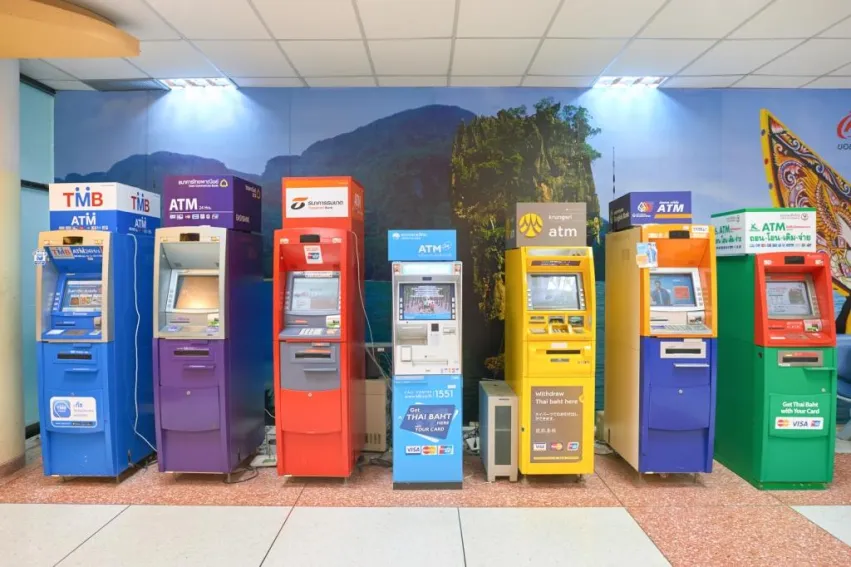
3 reasons why Thai banks' NPL problems are not as bad as feared
The deterioration was not broad-based.
Thai banks' NPLs rose in 1Q17. Five of our nine banks reported higher-than-expected NPLs. Particularly, NPL ratios for KTB and BBL were up 46 / 50bps QoQ, according to Maybank Kim Eng. Their increase jacked up sector NPLs to 2.94% as at end-Mar 2017 from 2.89% as at end-Sep 2016, when we thought NPLs peaked.
Here's more from Maybank Kim Eng:
But breaking out the NPLs, the picture was not as bad as the market feared. Firstly, the biggest source of NPL formation was the SME sector. The deterioration was not broad-based.
Secondly, the government has been rolling out programmes to help the SMEs. These included “encouraging” the big banks to cut their minimum retail rate - most commonly quoted for SME/consumer loans - by 25-50bps and all banks to dish out more loans to the SMEs. SCB and KTB have complied.
Finally, the THB19b increase in NPLs this quarter was partly the result of reclassification by KTB and BBL. These two had re-assigned some of their loans to vulnerable clients from normal to bad debts, apparently in a pre-emptive kitchen-sinking exercise.
BOT also said that THB7.8b of the increase could be traced to reasons other than new NPL formation and re-entry. We believe it was referring to a reclassification of THB3-5b, as this category’s increase was typically just THB3b-THB5b in the past, implying the 1Q17 spike could be one-off.
Recall that SCB made such a THB3b- HB5b in 4Q16 (according to our estimate), when its NPLs fell only THB4b despite a THB10b reclassification of its bad debts to normal. In 1Q17, its NPLs normalised, rising only THB2b.
We believe better economic growth and inflation in 4Q16/1Q17 should ease NPL problems this year as these economic variables’ negative correlations with new NPL formation lead by a few quarters.
Although NPLs may continue to edge up in 2Q17, we see smaller quantums, since new NPL formation is stable. Stronger economic growth and inflation should also hasten NPL resolution, as banks can liquidate bad debts sooner. We also think our credit-cost projections are conservative enough. All in all, we continue to believe that NPLs at end-2017 will be lower than end-2016’s 2.83%.



















 Advertise
Advertise










